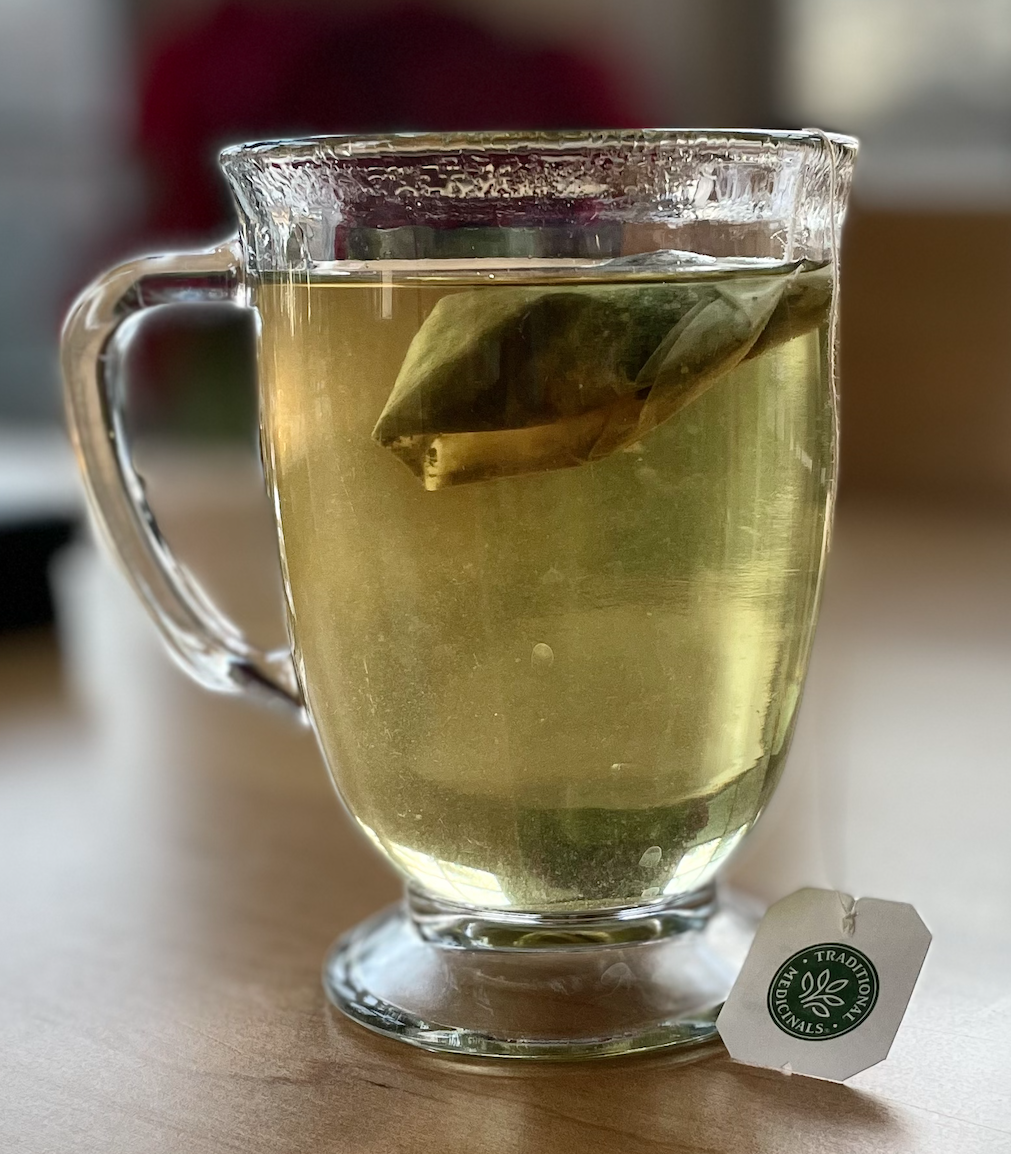That Second Cup of Coffee, and Why We Need to Talk to Children About Cycles: Part II
It’s about two o’clock right now and I’m thinking about a second cup of coffee. That would power me through writing this blog right? But I know better. Afternoon coffee is not for me. Too many nights lying in bed feeling like a caffeine train is running through my veins has taught me to reach for herbal tea instead.

Image courtesy of Dreamstime.org
Here’s how it used to go: When I’d have coffee in the afternoon to give me a boost, I was ignoring my body’s signals to get more rest in general. That second cup gave me a short-term kick (and maybe I got that project done) but ultimately, I slept less and was more tired. The obvious solution? Have another cup of coffee! That’s what you call a vicious cycle: “a sequence of reciprocal cause and effect in which two or more elements intensify and aggravate each other, leading inexorably to a worsening of the situation.” (Oxford Languages). Coffee influences one of my most important cycles: my sleep cycle.
Cycles are in every part of our lives. Cycles like the tide, the sun, and the seasons, are just there. We experience them but we don’t impact them.
Then there are other cycles like economic, cultural, and of course our natural cycles. We depend on water, nitrogen, oxygen, phosphorous, and carbon cycling, but don’t give much thought to them. Yet, we impact these cycles every day. We disrupt the phosphorous cycle when we put detergents down the drain and into our waterways. Climate change is a result of humans overloading the carbon cycle.
Here’s the thing about ignoring cycles: When we don’t understand cycles, sometimes our solutions become the problem. When we haul away grass clippings from our backyards, we alter the nutrient cycle by taking away nutrients, and so the soil quality becomes poor. If you really think about it, most of our big problems are caused by ignoring or not understanding natural cycles, and in particular, how systems renew themselves.
When we disrupt these cycles, we see big consequences — famine, flooding, and more. The cost of fixing these problems is high. The cost of learning about cycles and renewal is low.

Source: https://www.twinkl.com/resource/plant-life-cycle-worksheet-t-t-16675
As adults, we are likely aware of the growing focus on living sustainably, or within the means of nature. Some of the approaches we may be hearing or trying ourselves: zero-waste, closed-loops, circular economy, permaculture, regenerative design, and more. All of these approaches depend on working with, not against, natural cycles.
Children do learn about the water cycle or the carbon cycle, but most children have limited opportunities to learn about cycles as a cross-cutting concept, and most importantly, the power of cycles to recycle, restore and renew. For example, when they learn about the life cycle of a plant or animal, worksheets sometimes suggest the cycle occurs in a straight line. with a beginning (“first”) and end (“finally”). But it’s a cycle, not a straight line, so what happens next?
It’s time to change that! In the third post of this series on TALKING WITH CHILDREN ABOUT CYCLES, I’ll share some of what “the research” says about how children think about cycles at different ages, some more ways we inadvertently mislead children about the nature of cycles, wisdom teaching from indigenous elders (with permission), and how I’m trying to playfully and joyfully help children see, celebrate and even steward the cycles in their everyday lives.
 I’d love to hear from you. How are you talking with children about cycles? What lessons have they already taught you?
I’d love to hear from you. How are you talking with children about cycles? What lessons have they already taught you?
In the meantime, I’ll keep trying to reach for that herbal tea.
—Linda